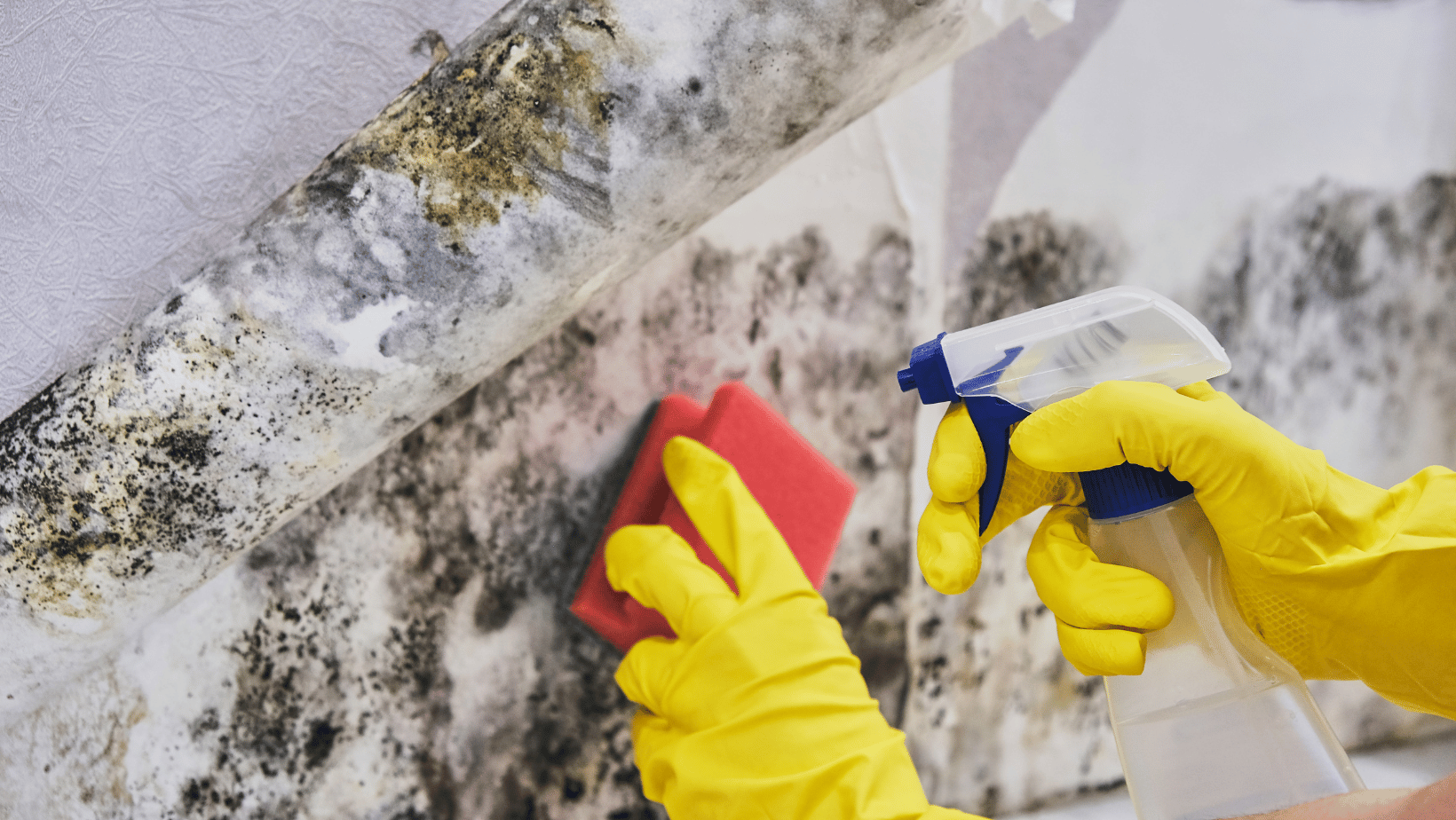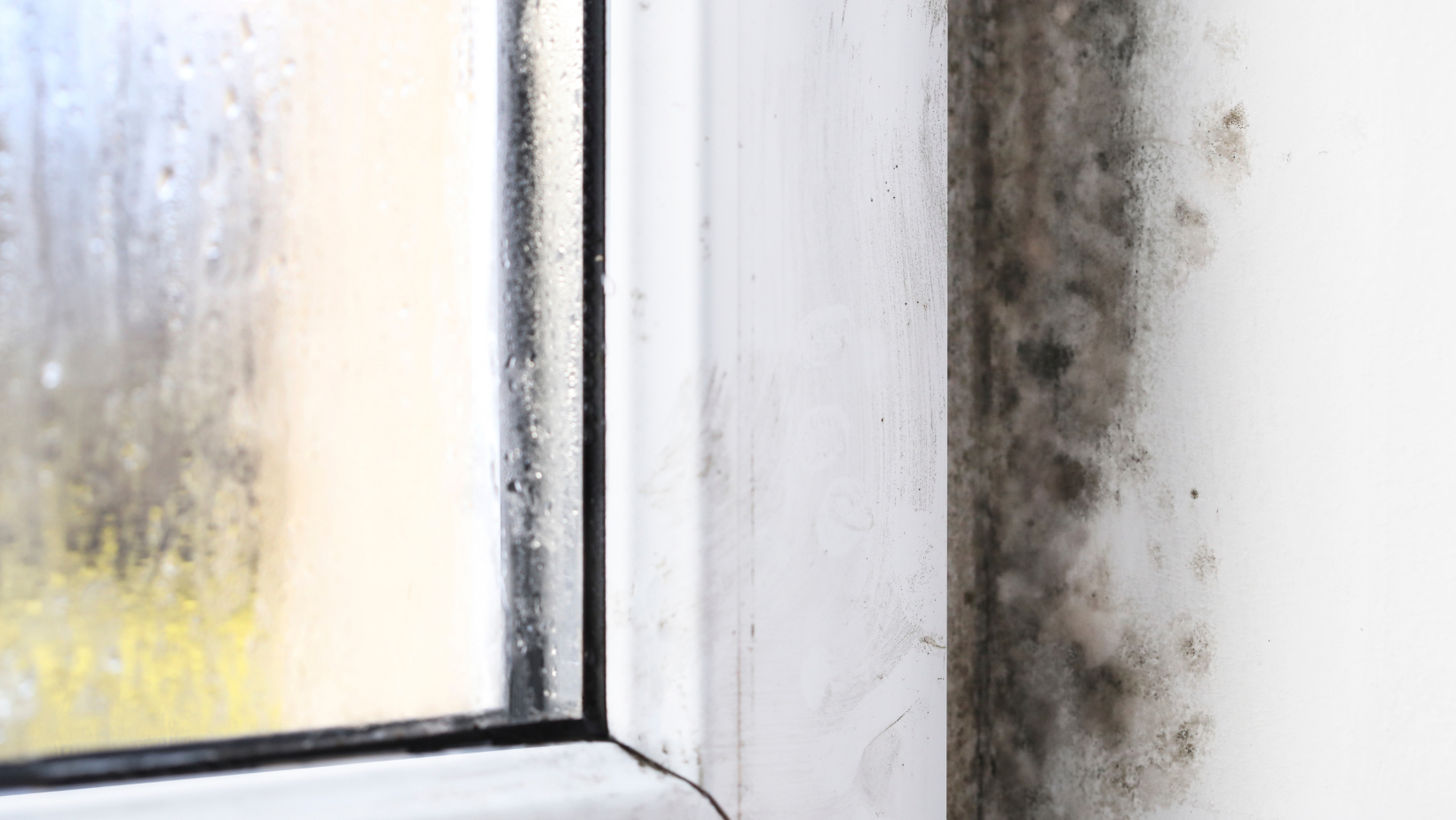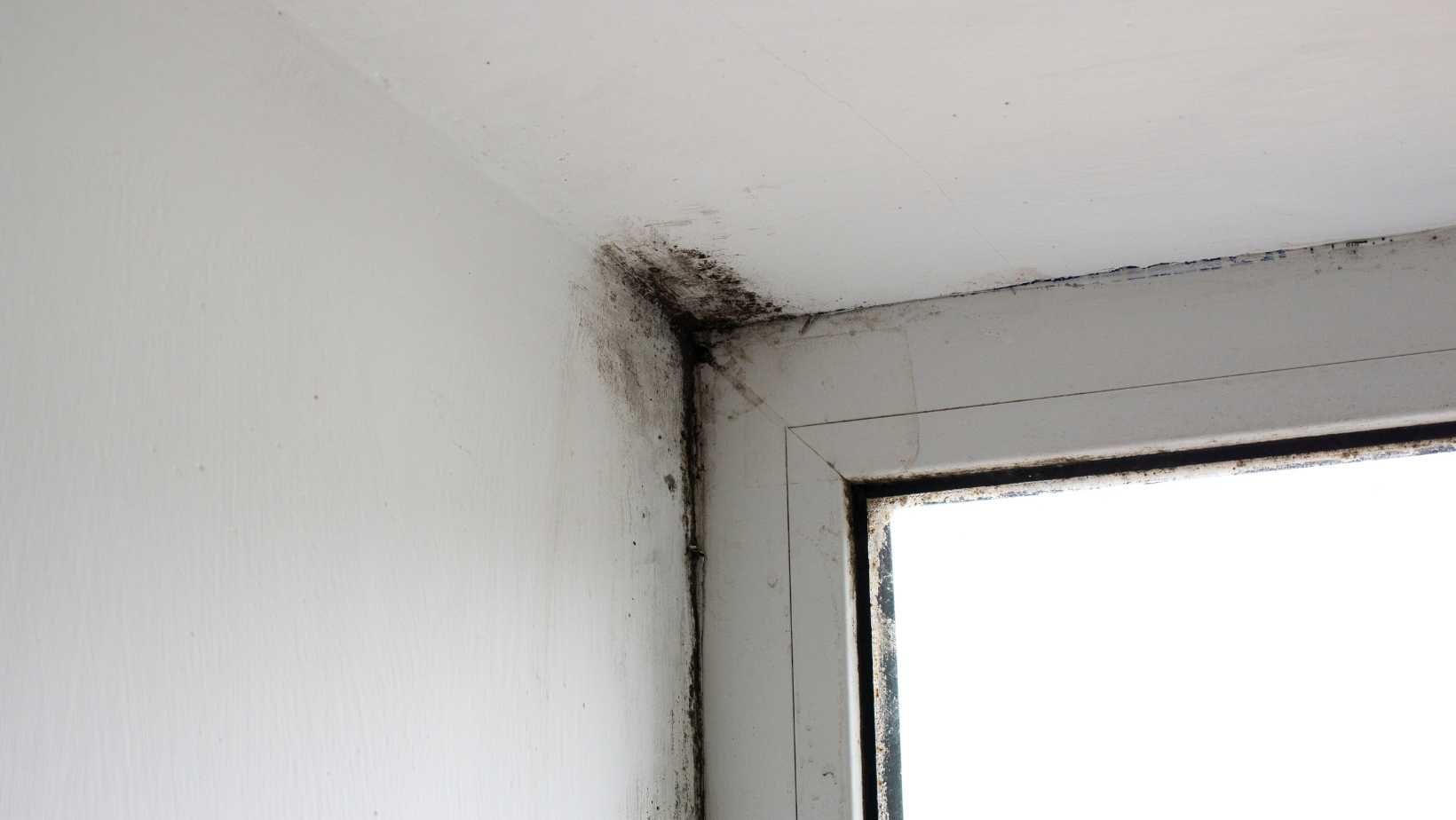Is It Mold? - Identifying Odors
Identifying Odors When You Suspect Mold
Are you concerned about a suspicious odor that you’ve noticed in your home? Unsure of where it’s coming from? The truth is, it can be somewhat difficult figuring out the source and cause when it comes to identifying odors. Odor identification can seem like an intimidating task, and you may not know where to start. Before jumping to the conclusion that your home has mold, consider that it could be coming from somewhere else. Perhaps someone in your household simply forgot to take the garbage out. However, if you rule out simple explanations, then mold may be a reasonable conclusion. The easiest form of identifying odors is by the process of elimination, to figure out where the odor is NOT coming from. This will narrow down your search, making it easier for you in the long run.
Identify Odors By Determining The Source
Identifying odors can be tough because it is an invisible issue. You can’t always see where the odor is coming from right off the bat. You have to rely on your other senses besides sight to determine where the odor is coming from. There are some circumstances where the source is obvious: smoke, or visible water damage, for example. However, unfortunately, most times it is not that straight forward. You may not even know what you’re looking for. If you’re not sure it’s mold, how do you know to look for signs of mold? Once you’re able to identify the source of the odor, you can move forward with removing it from your home. Here are some tips and tricks to make the process easier when identifying odors.
Use Your Sense of Smell
We know this may seem obvious, but there is really no other place to start. Identify areas of your home that are not experiencing any odor, so you know not to continue looking in those spots. This way you won’t waste your time on dead ends. In cases where the odor is engulfing your entire home, it is most likely a much bigger issue such as mold and moisture damage.
Process of Elimination
Food, air freshener, or a trash can that needs changing can hinder your odor identification process. Your sense of smell is very sensitive, and other odors impeding on the search will just prolong the process. Do your best to eliminate other odors from the home as you come across them, if possible. This will help isolate the source of the odor you are trying to identify.
Areas With High Moisture Content
Kitchens, bathrooms, and laundry rooms tend to experience more excess moisture than other areas of the home. The heat and steam that is consistently present in these areas makes them more susceptible to moisture damage and mold. If you suspect mold in your home, these areas are a great place to start when it comes to identifying odors. Basements and attics are also prime suspects, due to their dank, musty nature.
Uncommon Areas
A huge mistake you can make when identifying odors is overlooking areas that could potentially be hiding something. Check in areas that you may not usually have thought of. These areas could include closets, behind your furniture, your ceiling, or even a random corner. You never know where odors may be lurking. Leave no stone unturned.
Your search should be significantly narrowed down after following these guidelines. After determining the source of the odor, you are able to move forward with odor removal. Should you discover that the source of the odor is in fact mold, spraying some air freshener is not going to suffice. Reach out to a professional mold inspection and remediation company in your area to handle the issue.
Odor Removal & Mold Remediation
Many mold inspection and remediation companies offer odor removal services as part of their process. The odor is already significantly decreased when removing the source from the area, but there may be some lingering odors left behind. However, you may feel like you want to go the extra mile with odor removal following your mold remediation. At this point, you are free to employ the use of air fresheners. This should be successful since they are simply masking a lingering odor, not something that has a continuous odor source. Even simply cracking a window to get some fresh air flowing can do the trick. Musty odors can be unpleasant and concerning, and identifying odors can seem nearly impossible. However, there is a sense of relief and accomplishment when you are finally able to get rid of the odor source and get back to your regular routine.
To learn more about post-remediation mold prevention, or to schedule an inspection, call DryMax today!
You might also like
DryMax Mold Blogs




